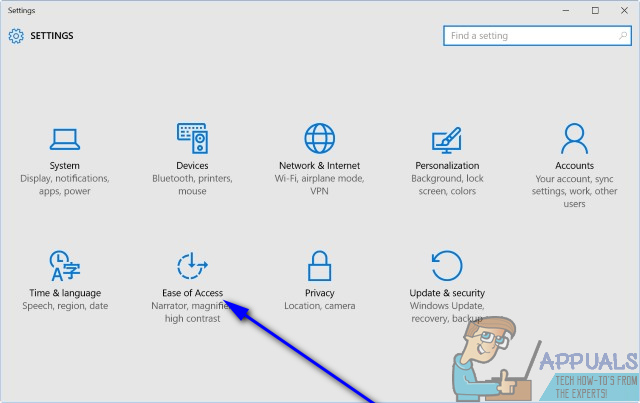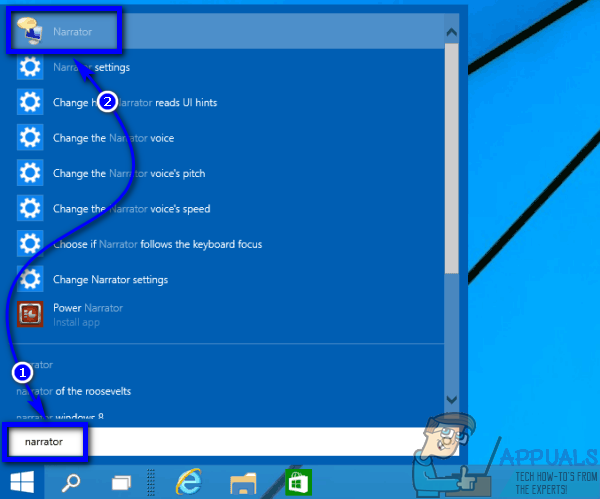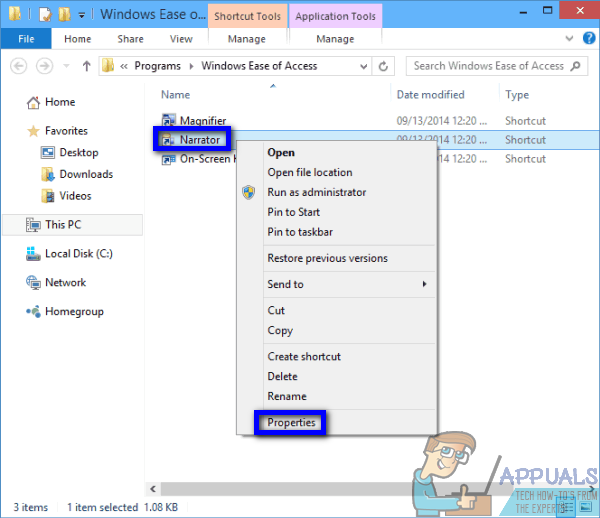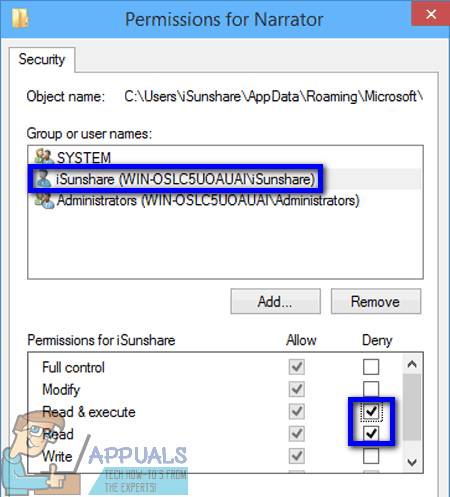How to Turn Off Narrator on Windows 10
Windows is the most widely used computer Operating System around the globe, and a fair percentage of its users are disabled or impaired in some way. That being the case, Microsoft makes it a point to equip every single iteration of Windows with an array of accessibility and ease of access features so as to make using Windows as easy as possible for those with disabilities. Narrator is one of Windows’ most important accessibility features, and it has been a part of the Windows Operating System for basically as long as the OS has existed. Narrator also exists on Windows 10, the latest and greatest in the long line of Windows Operating Systems.
Narrator is basically a screen reading feature that reads every single element on your screen out loud – from text to buttons and everything in between. Narrator provides audio feedback for whatever’s on your screen, making it easier for those with visual impairments (or people who simply don’t feel like looking at their computer screens for some reason and would rather hear what’s on their screen) to use a computer. Narrator has no use for users who can see what’s on their screens perfectly fine, however, which is why turning Narrator on unintentionally can prove to be quite the nuisance.
If you accidentally turn Narrator on in Windows 10 or if the feature somehow turns itself on, have no fear – turning the accessibility feature off is extremely simple. To turn off narrator on Windows 10, all you need to do is:
- Open the Start Menu.
- Click on Settings.

- Click on Ease of Access.

- In the left pane of the window, click on Narrator.
- In the right pane of the window, locate the toggle underneath Narrator and turn it Off. Narrator will be turned off as soon as you do so.

You don’t necessarily have to stop there, however – if you have no use for Narrator on your computer and don’t want it being accidentally enabled in the future, you can disable it altogether. The following are the two different ways you can go about disabling Narrator on a computer running on the Windows Operating System:
Method 1: Disable the keyboard shortcut for Narrator
First and foremost, you can disable the keyboard shortcut for Narrator to make sure you don’t accidentally turn the functionality on by unknowingly pressing its keyboard shortcut. To do so, simply:
- Type “narrator” into the Search Windows field in your taskbar.
- Click on the search result titled Narrator settings.
- Click on General in the Narrator Settings window.
- Uncheck the checkbox located directly beside the Enable shortcut to launch Narrator… option.
Method 2: Disable Narrator by revoking permissions for it
If you want to go all the way, you can completely disable Narrator by revoking all permissions for it for your user account. Your user account will then no longer be able to launch Narrator. To do so, you need to:
- Type “narrator” into the Search Windows field in your taskbar.
- Right-click on the search result titled Narrator and click on Open file location in the resulting context menu.


- In the window that appears, right-click on the Narrator executable file (it will already be selected) and click on Properties in the resulting context menu.

- Navigate to the Security tab.
- Click on Edit….

- Check the checkboxes under Deny for both the Read and the Read & execute permissions for your user account, and then, one by one, for every other user account on your computer.

- Click on Apply and then on OK.
Once you do so, Narrator will not be turned on no matter what because your computer will no longer have the permissions it requires to launch the utility.